
Originally Posted by
Pedro_The_Swift

Two things from a van owner,
The Gentleman that owns Traxide is a Vendor and long time contributer/member here, Tim will sort out any tech concerns you have.
Ultimately its always best to make the camper self sufficient, I am not a fan of Sun chasing with portable solar panels, but would much rather do that than rely on a tow vehicle supplying power.
If this is to be a long term thing I would consider Lithium storage,, much better bang per kg,,
is that 3? sorry, V8 owners arent good with figures,,



 Reply With Quote
Reply With Quote



 [/IMG]
[/IMG]
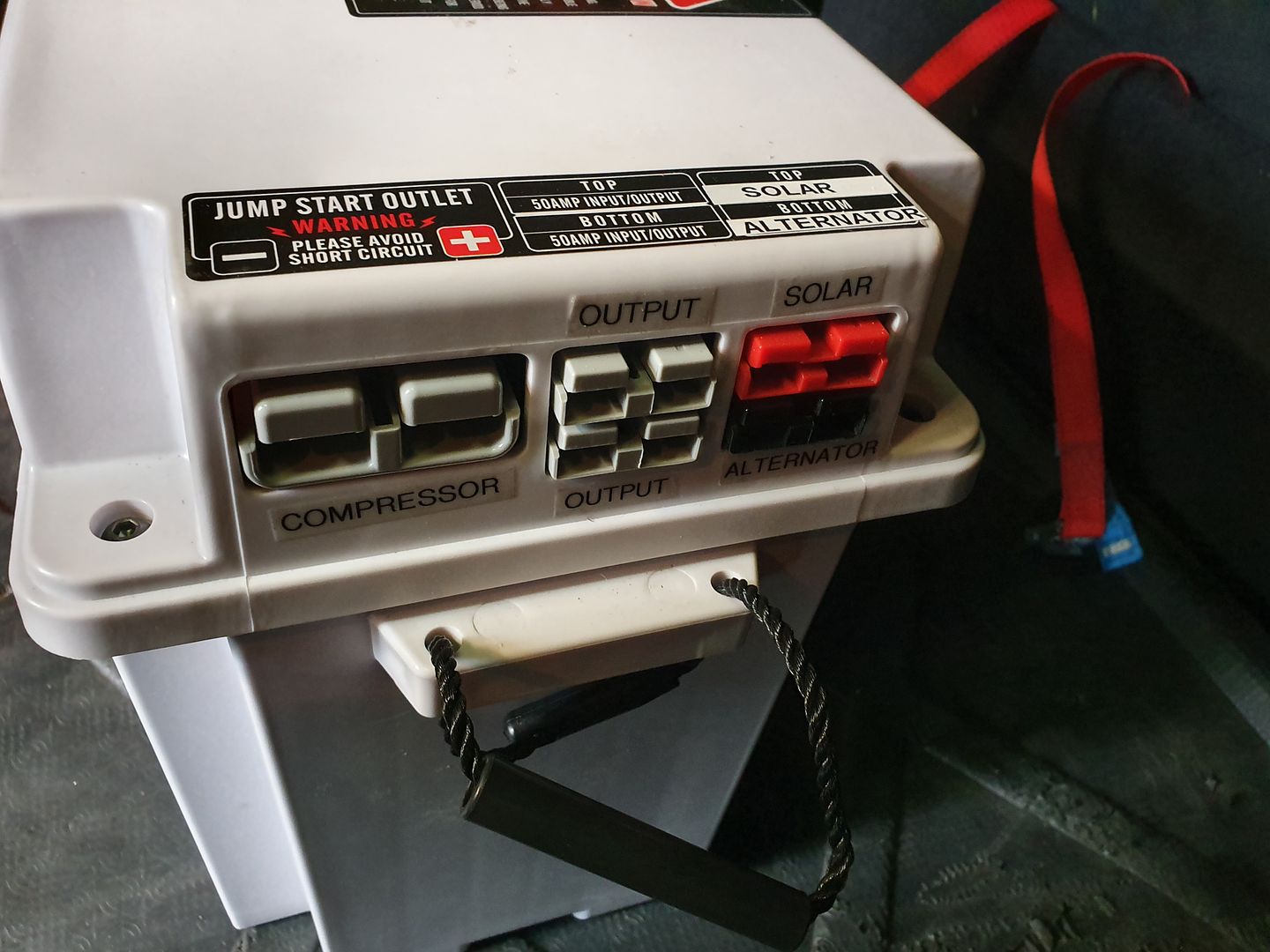
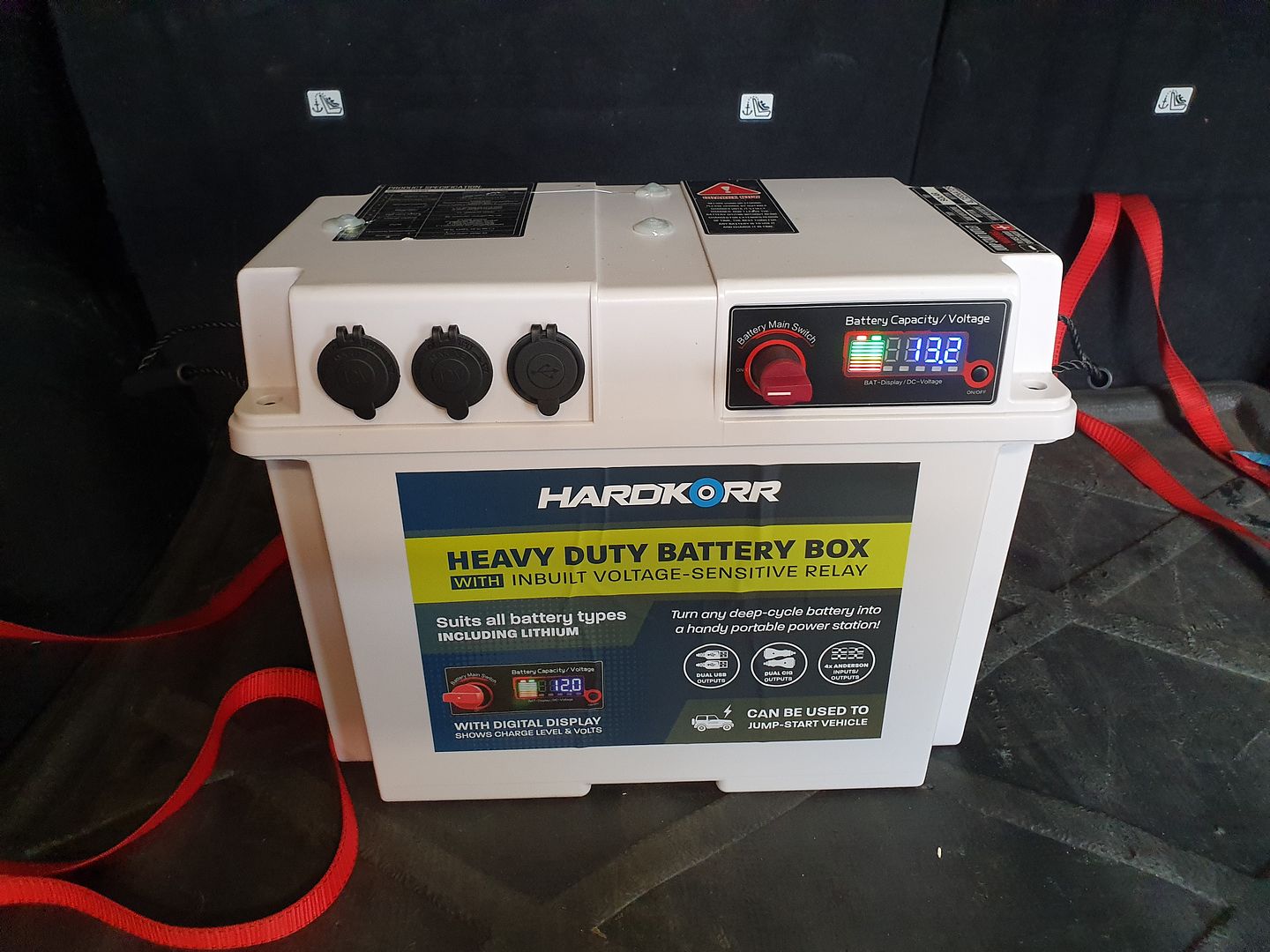
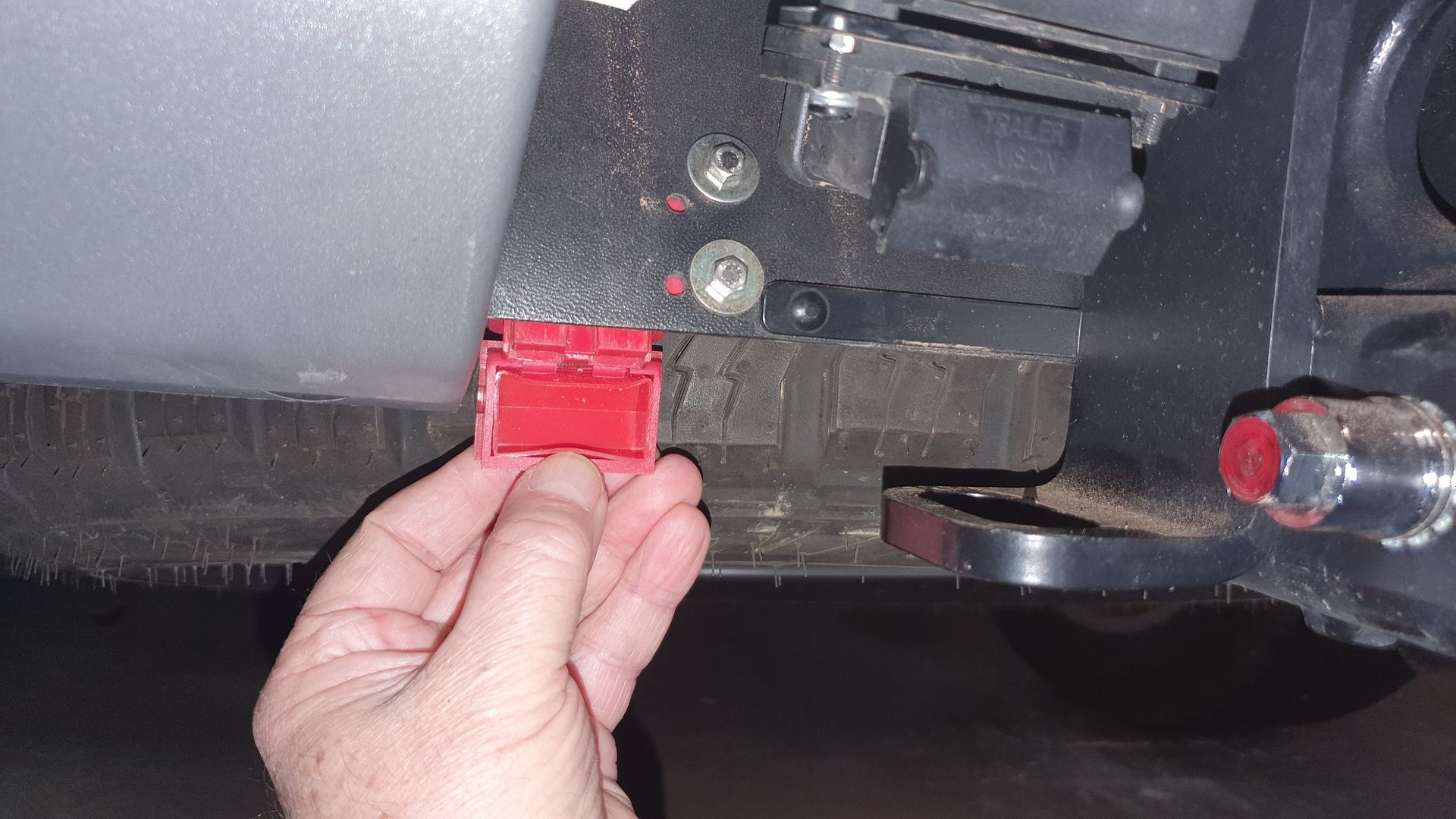
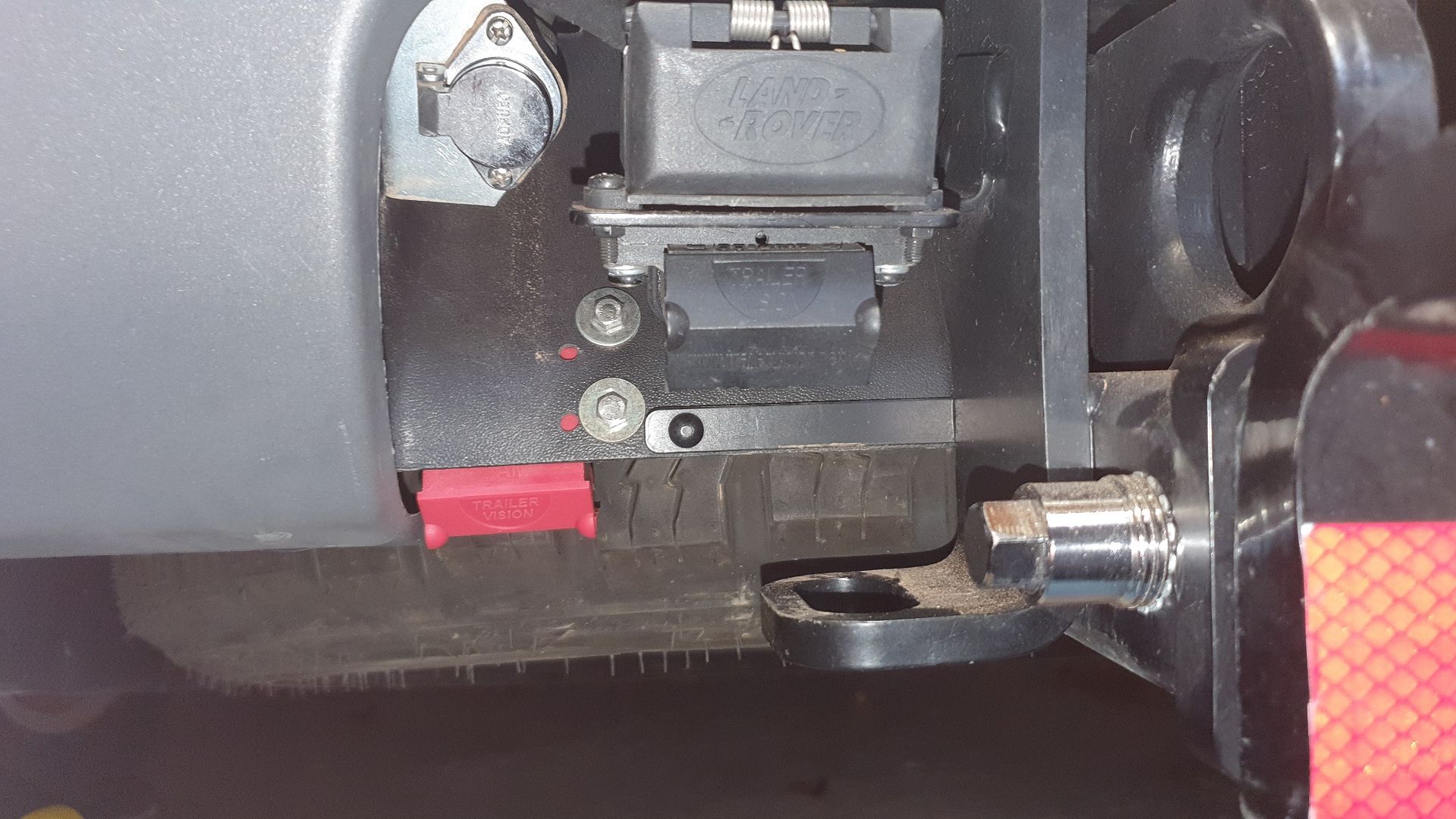
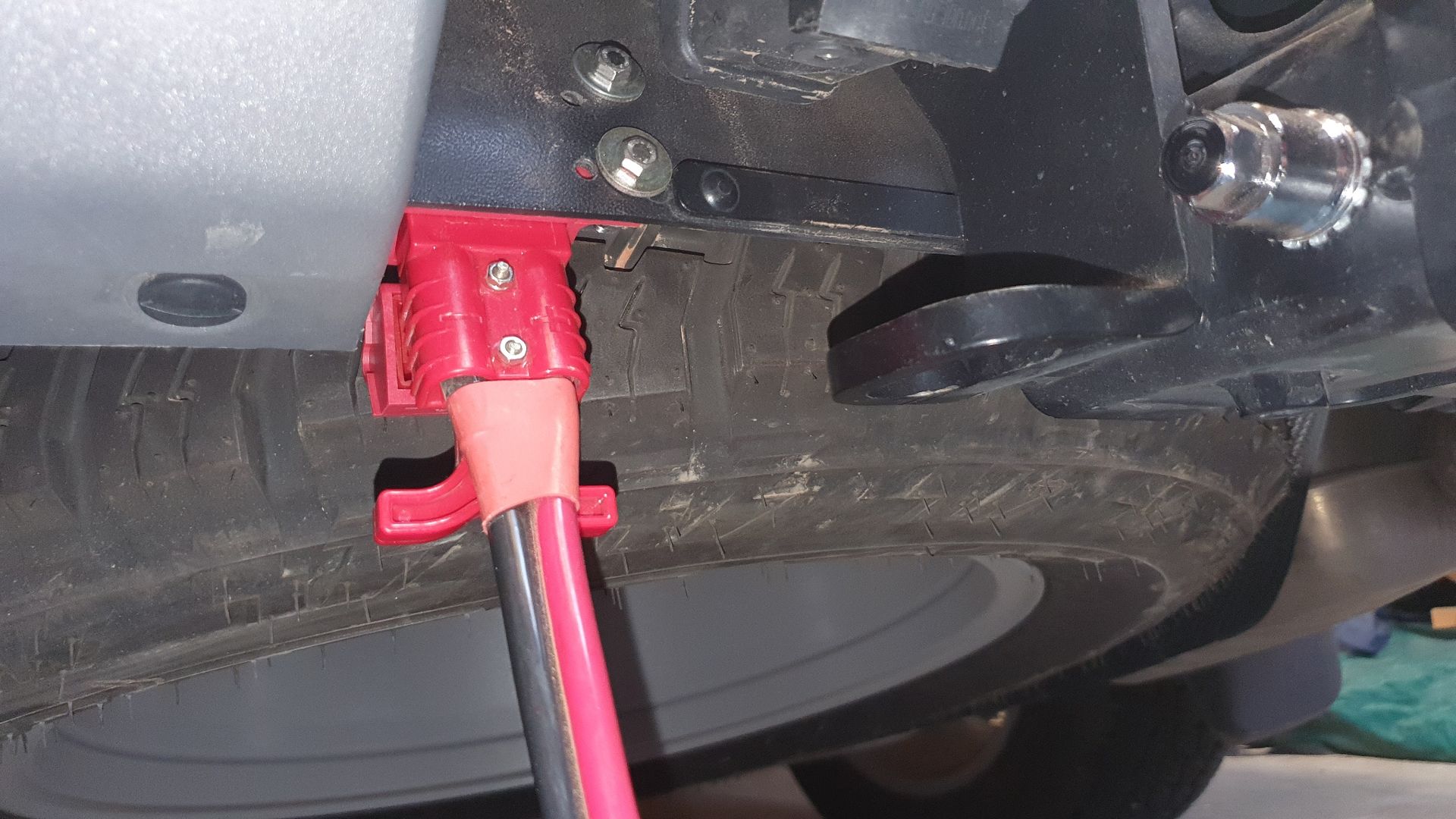



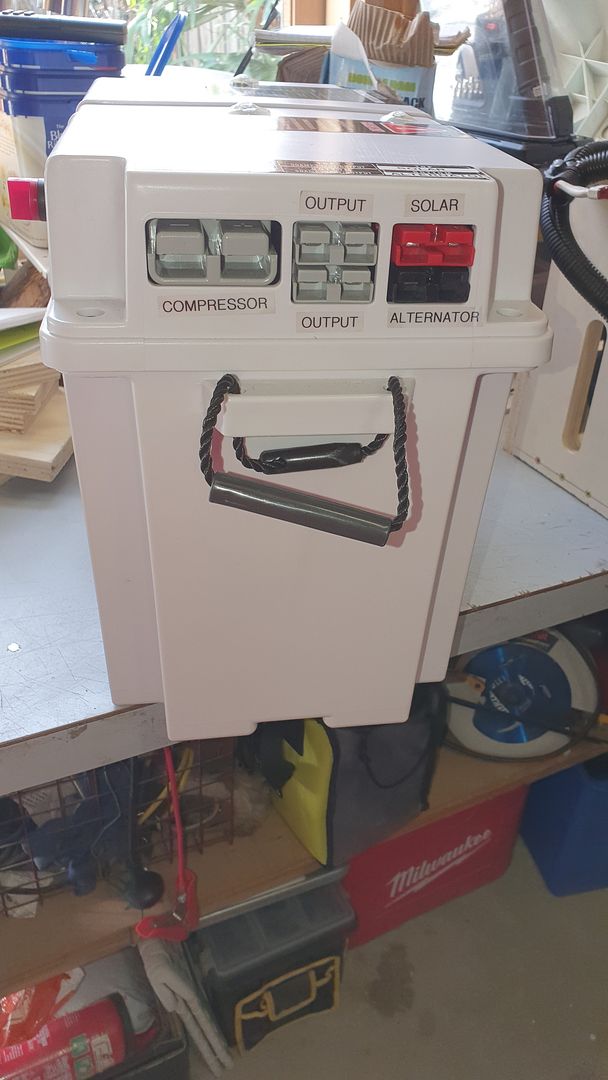
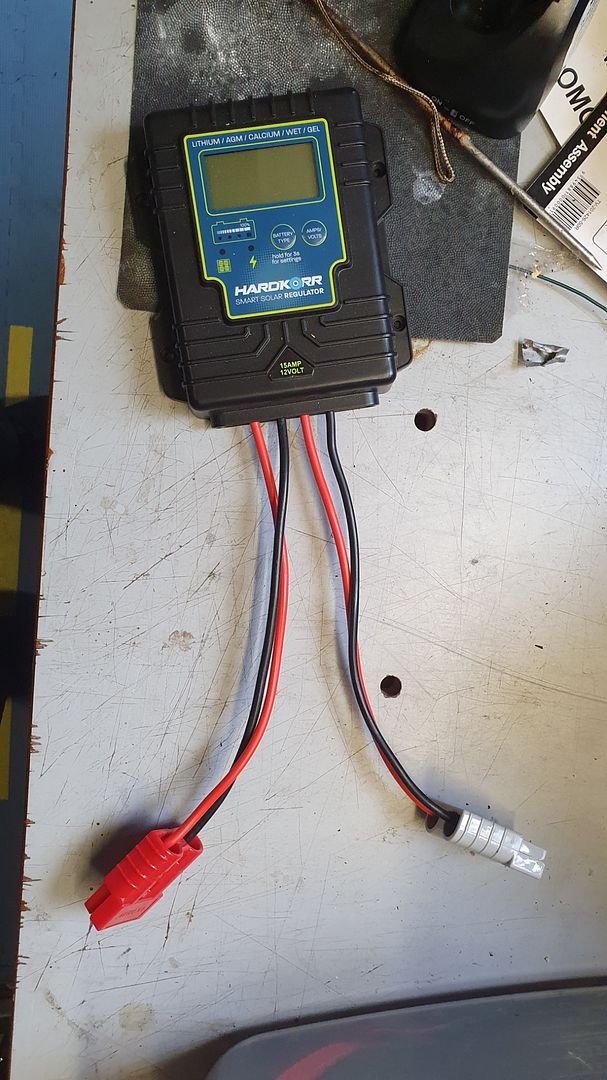
.jpg?width=1920&height=1080&fit=bounds)


Bookmarks